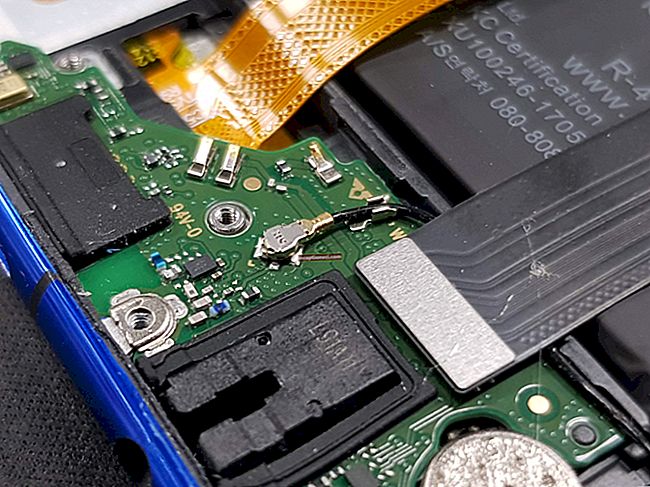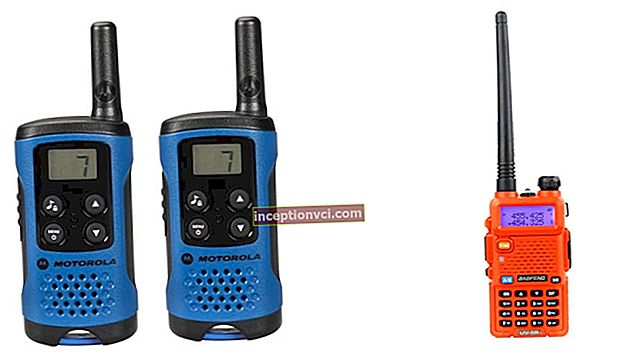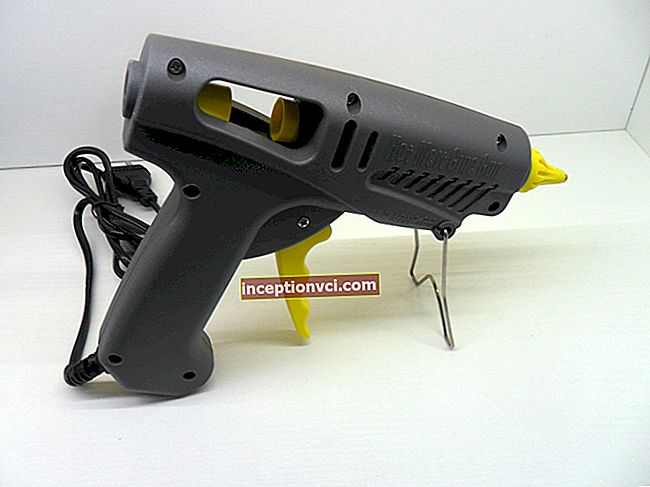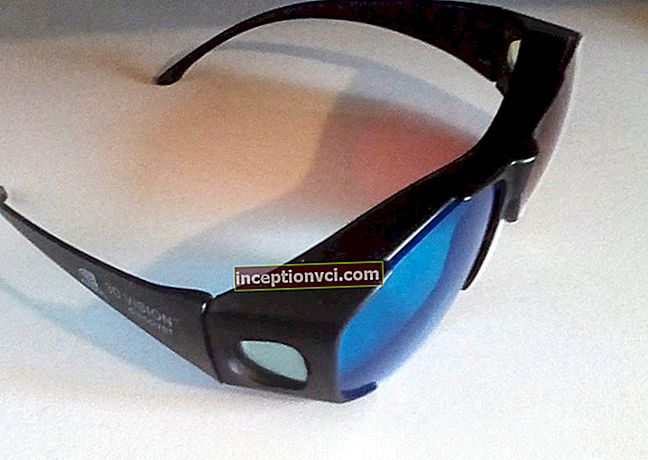A mirrorless camera is much lighter, smaller and more manoeuvrable. The quality of the pictures is in no way inferior to the "DSLR". Find out right now all the secrets of a mirrorless camera and the difference between a DSLR and a mirrorless camera.

Can a mirrorless camera replace a DSLR?
Until recently, all cameras were exclusively SLR. Their feature was considered the design of the viewfinder, using a mirror that reflects light into the pentaprism (reflector) of the viewfinder. It is positioned behind the lens at a 45 degree angle. The picture, passing through lenses and mirrors, reaches the photographer without distortion, because pentaprism does not turn it over. When you press the shutter button, the mirror rises and the viewfinder no longer shows the frame. The light flows onto the matrix and photographs.
The mirror in mirrorless cameras has been replaced by a bayonet (a system for attaching a lens to a camera). It is now possible to use interchangeable lenses that focus at any distance. Therefore, the image, passing through the lens, is immediately focused on the matrix. The sharpness of the frame and observation at the time of shooting is performed by an electronic viewfinder. The preview of the captured frames is carried out by the processor, which displays the image on the display. The best mirrorless cameras come from Olympus, Panasonic, Fujifilm, Sony, Samsung, and others.
Differences between SLR and mirrorless cameras
6 points to consider when choosing or comparing models.
1. Features of focusing
DSLRs use phase focusing: focusing sensors receive the luminous flux from the object being shot. Mirrorless cameras - contrast focusing, where the image is analyzed by a light sensor. In terms of accuracy, it loses to the phase one, which allows the photographer to focus and adjust the shooting mode. But advanced mirrorless models already have a hybrid focusing system with phase sensors on the matrix. Therefore, their performance has increased significantly, although it is still slightly inferior to professional SLR cameras.
2. Image quality
Image quality is determined by the characteristics of the camera sensor, including its size. It is believed that SLR cameras guarantee the absence of noise and distortion, and transmit excellent saturation and contrast of the image. But Sony mirrorless are just as good as their competitors. Their system cameras are equipped with the APS-C format sensors used in amateur and semi-pro DSLRs.
3. Dimensions
Mirrorless "system" cameras are smaller than DSLRs - this is their main advantage, but it is not very convenient to reliably cover the camera during shooting. Due to the lack of mirrors, mirrorless lenses are located closer to the camera, so interchangeable optics are also compact.

4. Difficulties of long-term shooting
Sometimes the vibrations of the camera from the movement of the mirror up and down lead to difficulties during long periods of shooting. Therefore, "mirrorless" cameras that do not have movable mirrors are better protected from penetration of liquid and dirt into the body. They have a minimal shutter lag (lag) during operation.
5. Recharging
Longer photo sessions are best done with DSLR cameras. Because the electronic viewfinder, image analyzer, and continuous sensor will quickly drain the mirrorless battery.
6. Shooting speed
DSLR cameras have frame rate limits. Because the movement of the mirror slows it down significantly.Mirrorless cameras show up to 12 frames per second.
Benefits of digital mirrorless cameras:
- small weight and size, because there is no mirror and pentaprism. You can't put such a camera down in your pocket (the lens won't allow it), but it's easier to carry around your neck or in a backpack than a large SLR camera;
- easy to use. There are no movable mirrors that do not vibrate or make noise at the time of shooting, as well as reduce the pause between pressing and releasing the shutter;
- characteristics are not inferior to amateur and semi-professional SLR cameras. Because the same sensors are used in the accessories;
- high shooting speed - up to 12 frames per second.
Disadvantages of mirrorless cameras:
- limited screen contrast and saturation;
- the display of the picture is delayed due to the low speed of the processor;
- it is difficult to view the image on the screen in bright light, since the display is covered with glare;
- discharges quickly when the screen and processor are constantly running.
Now you know how to choose a mirrorless camera and its most unexpected possibilities. In our catalog of goods there is a large selection of "mirrorless".
Order the best mirrorless camera by calling (044) 206 206 9 (free call from the website) right now and see its advantages tomorrow.
See what a mirrorless camera can do with Nikon.









